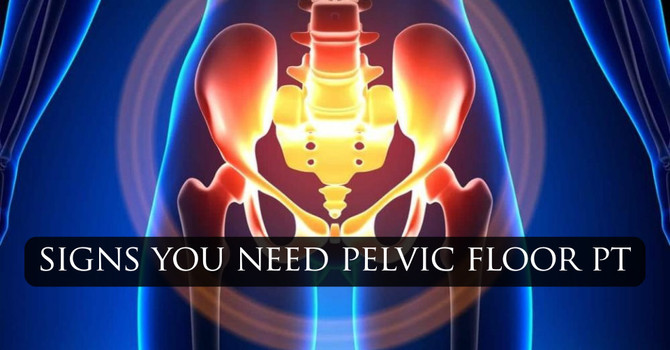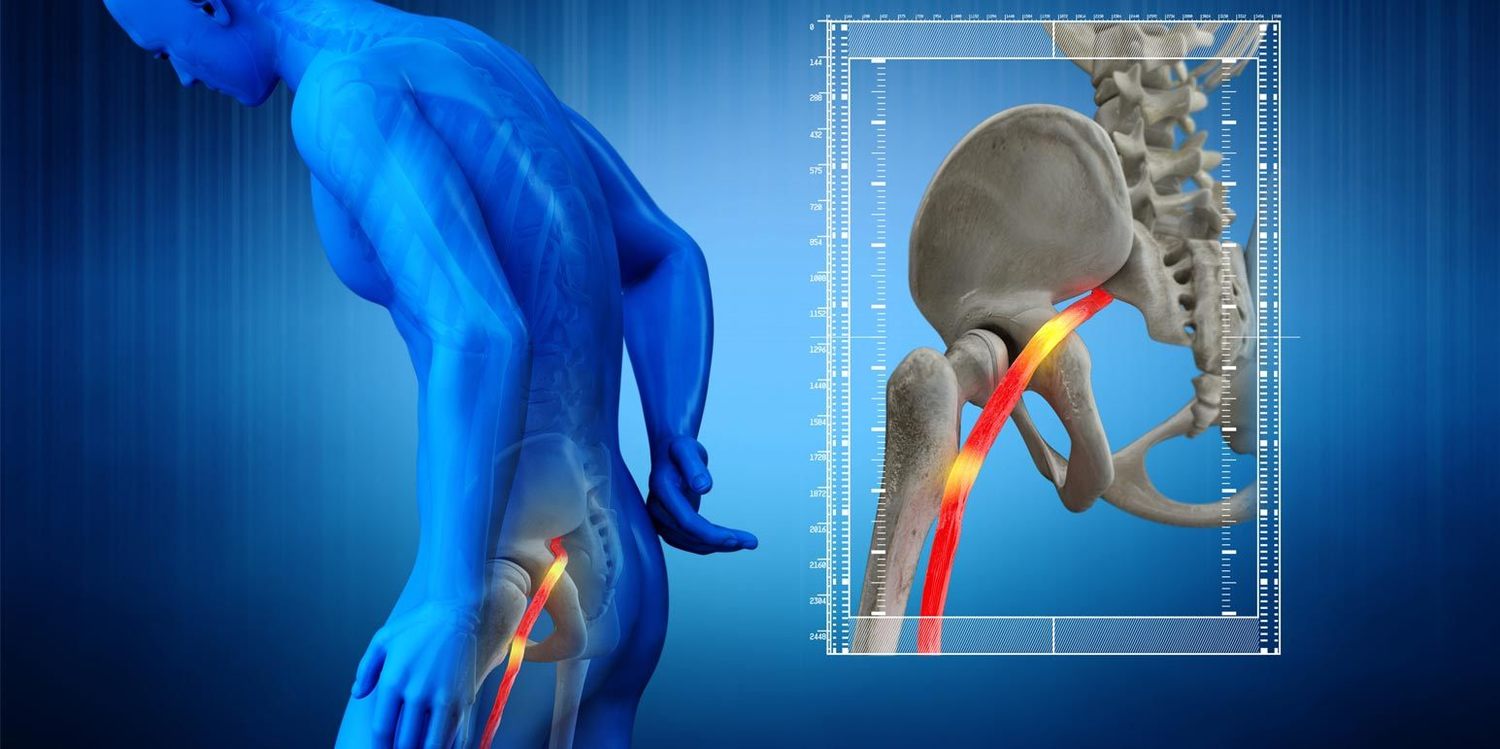
That shooting pain down your leg, the tingling in your feet, the persistent ache in your lower back—if this sounds familiar, you might be dealing with sciatica. It's a common condition that affects millions of people, but its name can be misleading. Sciatica isn't a diagnosis itself, but rather a symptom of an underlying issue involving the sciatic nerve.
Understanding what's causing this distinct pain is the first step toward finding lasting relief. This guide will walk you through the causes, symptoms, and a wide range of treatment options available in South Jersey, from conventional medicine to supportive therapies like chiropractic care in Egg Harbor Township and neighboring communities. We'll explore how you can manage your symptoms and get back to living a life with less pain.
What is Sciatica?
Sciatica refers to pain that radiates along the path of the sciatic nerve. This nerve is the longest and thickest in your body, running from your lower back through your hips and buttocks and down each leg. Typically, sciatica affects only one side of the body.
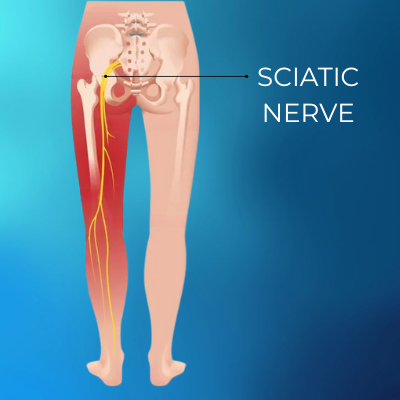
The pain happens when the sciatic nerve becomes compressed or irritated. Think of it like a pinched garden hose—the pressure disrupts the flow, causing problems down the line. For the sciatic nerve, this disruption results in pain, numbness, or weakness in the leg. Finding effective sciatica pain relief starts with identifying and addressing the source of this compression.
Causes and Common Risk Factors
One of the most common causes of true sciatica is a herniated disc (often called a “slipped disc”). When the disc protrudes, it places pressure on the nerve root that connects to the sciatic nerve, resulting in pain that can radiate down the leg.
Because the sciatic nerve is the longest in the body, there are many points where it may become irritated or compressed. Some of the most frequent include:
- Piriformis Syndrome: The piriformis muscle, located in the buttock, lies directly over the sciatic nerve. When this muscle becomes tight, inflamed, or irritated, it can compress the nerve and trigger sciatica-like pain.
- Spinal Stenosis: Narrowing of the spinal canal, often from disc problems or arthritis, can compress the nerve and produce sciatica symptoms.
In addition to nerve compression, several other conditions can cause pain that mimics sciatica:
- Sacroiliitis: Inflammation of the sacroiliac joint (where the spine meets the pelvis), often due to trauma or arthritis, can radiate pain down the leg.
- Lumbar Facet Joint Syndrome: Inflammation of the small joints in the spine may lead to lower back pain that resembles sciatica.
- Iliolumbar Syndrome: Irritation or injury of the iliolumbar ligament, which connects the spine to the back of the pelvis, may also create sciatica-like discomfort.
At Optimal Health Chiropractic & Physical Therapy, our chiropractors and physical therapists work together to carefully evaluate your condition. Through a detailed history, physical examination, and movement tests, we can determine whether your pain is true sciatica or sciatica-like symptoms caused by another issue—and design the most effective, personalized treatment plan for long-term relief.
Risk Factor
Certain factors can increase your risk of developing sciatica:
- Age-related changes (herniated discs, bone spurs)
- Occupations requiring heavy lifting, long hours of sitting, or frequent twisting
- Obesity adding strain to the spine
- Sedentary lifestyle weakening support muscles
- Diabetes that may damage nerves
Key Symptoms to Look For
Sciatica symptoms can range from a mild, infrequent ache to severe, debilitating pain. The classic sign is pain that originates in the lower back or buttock and travels down the back of the thigh and into the leg—a complaint commonly heard in chiropractic clinics.
Look for these common signs:
- A sharp, shooting, or "jolting" pain.
- Pain that worsens with sitting, coughing, or sneezing.
- Numbness, tingling, or a "pins-and-needles" sensation in the leg or foot.
- Muscle weakness in the affected leg or foot.
- A persistent ache on one side of the lower back or buttock.
If severe pain symptoms occur along with bowel or bladder control problems, consider this as an emergency and evaluate as soon as possible by a neurologist or orthopaedic specialist.
Sciatica Treatment Options
At the core of effective sciatica relief is chiropractic care. Sciatica can often be managed successfully with a combination of chiropractic treatments and physical therapy tailored to your condition. Unlike medication that only masks pain, chiropractic care addresses the root cause of nerve irritation and supports the body’s natural healing process.
Each treatment plan at Optimal Health Chiropractic and Physical Therapy is personalized to your unique needs, focusing on restoring spinal balance and preventing flare-ups. In addition to adjustments, our team may recommend posture coaching, soft tissue therapy, or ergonomic changes to complement your care. The result is not just pain relief, but improved mobility, better function, and lasting spinal health.
In our Egg Harbor Township (EHT) and Washington Township offices, treatments for sciatica include:
1. Chiropractic Adjustments for Sciatica
Gentle spinal adjustments realign the spine, reduce nerve irritation, and take pressure off the sciatic nerve. This restores healthy spinal motion and provides lasting relief from sciatica pain. Many patients experience reduced discomfort after just a few sessions, along with improved posture, mobility, and overall spinal health. Our goal is not only to manage symptoms but also to correct the underlying cause of your sciatica.
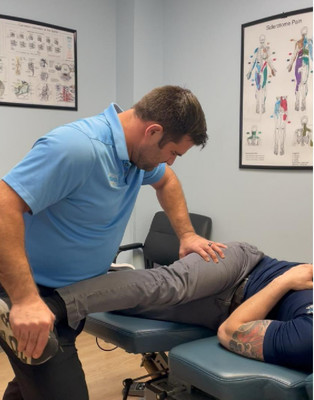
2. Spinal Decompression Therapy for Sciatica
This non-surgical treatment gently stretches the spine, creating space between the vertebrae to relieve pressure on the sciatic nerve. It is especially effective when sciatica is caused by a bulging or herniated disc. Patients often report a noticeable reduction in radiating leg pain after decompression therapy. By improving disc hydration and circulation, this therapy not only relieves symptoms but also supports long-term spinal health.
3. Shockwave Therapy for Sciatica
For patients with chronic or recurring sciatica, shockwave therapy stimulates blood flow, reduces inflammation, and breaks down scar tissue. This promotes faster healing and long-term relief from sciatic nerve pain. The therapy also encourages the body’s natural repair processes, making it especially helpful for stubborn cases of sciatica that have not responded well to other treatments. Many patients notice improved mobility and less pain after just a few sessions.
4. Physical Therapy & Targeted Exercises for Sciatica
Movement is often key to recovery, which is why our physical therapy team plays such a vital role. Guided exercises strengthen the core and back muscles, improve flexibility, and reduce pressure on the sciatic nerve. Simple stretches—such as the knee-to-chest or piriformis stretch—can be very effective, but doing them under professional supervision ensures they are safe and tailored to your condition. Over time, these exercises restore balance, reduce flare-ups, and allow you to return to daily activities with greater comfort and confidence.
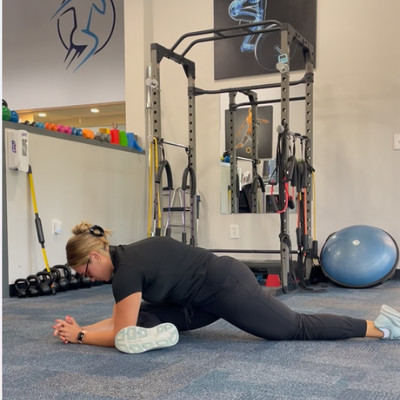
5. Lifestyle Guidelines for Sciatica Relief
Your daily habits have a big impact on back health. At Optimal Health, we provide coaching on proper lifting techniques, posture correction, and strategies to stay active without aggravating your condition. Applying cold packs can reduce inflammation, while heat therapy relaxes tight muscles. Combined with chiropractic care and physical therapy, these simple habits reinforce recovery and help prevent flare-ups. We also help you make lifestyle adjustments—such as improving workstation ergonomics, optimizing your sleep position, and managing stress—to support long-term spinal health and reduce the risk of recurring sciatica.
Tips for Preventing Flare-Ups
Once you've found a way to relieve sciatica pain, the next step is to prevent it from coming back. Consistent habits are your best defense, whether you're at home or work in South Jersey or nearby communities.
Here are some tips for managing sciatica at home and preventing future issues:
- Practice Good Posture: Whether you're sitting at a desk or standing, pay attention to your posture. Sit with your back straight, shoulders back, and both feet flat on the floor.
- Move Regularly: Avoid sitting for long periods. Get up every 30-60 minutes to stretch and walk around.
- Strengthen Your Core: Strong abdominal and back muscles act as a natural brace for your spine. Incorporate core-strengthening exercises like planks and bridges into your routine.
- Stretch Daily: Gentle stretching keeps your hips and lower back flexible, reducing the chances of nerve compression.
- Lift Safely: When lifting something heavy, bend at your knees and keep your back straight. Let your legs do the work, not your back.
- Choose Supportive Footwear: Wear comfortable shoes that provide good support to maintain proper spinal alignment.
Take the Next Step Toward Pain-Free Living
Living with sciatica can be challenging, but you don’t have to face it alone. By understanding its causes and choosing the right care, you can find lasting relief and get back to living life on your terms. While self-care measures are important, professional guidance from a local chiropractor or healthcare provider can make all the difference in addressing the underlying issue for long-term relief.
If you are in Egg Harbor Township, Washington Township, or anywhere in South Jersey and are struggling with lower back and leg pain and searching for a natural and effective solution, chiropractic care may be the answer.
At Optimal Health Chiropractic & Physical Therapy, we specialize in natural, drug-free, and non-surgical treatments for sciatica. Our integrated approach combines chiropractic adjustments with tailored therapies and guided exercises to ease pressure on the sciatic nerve, improve mobility, and support long-term recovery.




